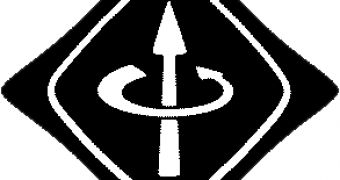The Institute of Electrical and Electronics Engineers, or IEEE as it is commonly known among computer hardware and software specialists, is a group centered mainly on the standardization and formalization of the different approaches to solve a particular problem in the IT world. Most protocols used by the computer industry were developed or standardized by IEEE. As technologies advance it becomes clearer that a new protocol for computer networks is in order and it is IEEE's job to come up with a reasonable one.
One tiny little problem here, because according to the news site InfoWorld, the technical group currently working on "the next generation of Ethernet protocols has agreed to disagree" and from now on will work on a single "one standard fits all" protocol for both 40Gbps and 100Gbps speeds. During a meeting in San Francisco, after months and months of debates and delays, the Higher Speed Study Group (HSSG), part of the IEEE, made the sound decision to support both speeds, so if the IEEE approves the "bold" move, "a standard may be completed by mid-2010, said John D'Ambrosia, chair of the HSSG."
This would not be the first time when the Ethernet standard had to be redrawn to keep pace with the hardware technologies (it jumped several times from "10Mbps to 100Mbps and ultimately from 1Gbps to 10Gbps, the current fastest version").
According to D'Ambrosia, the heart of strife was that while the need for speed is growing everywhere, it is different from one practical application to the next. "I wouldn't say there was a fight. I would say there was an education going on and it got heated at times," D'Ambrosia said. A single standard called IEEE 802.3ba will include specifications for both speeds and each will offer several physical interfaces ranging from copper cables to multinode fiber links and single node fiber for extreme distances.

 14 DAY TRIAL //
14 DAY TRIAL //